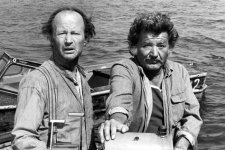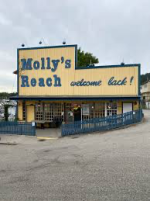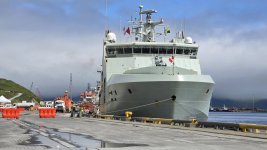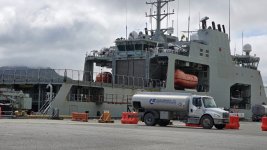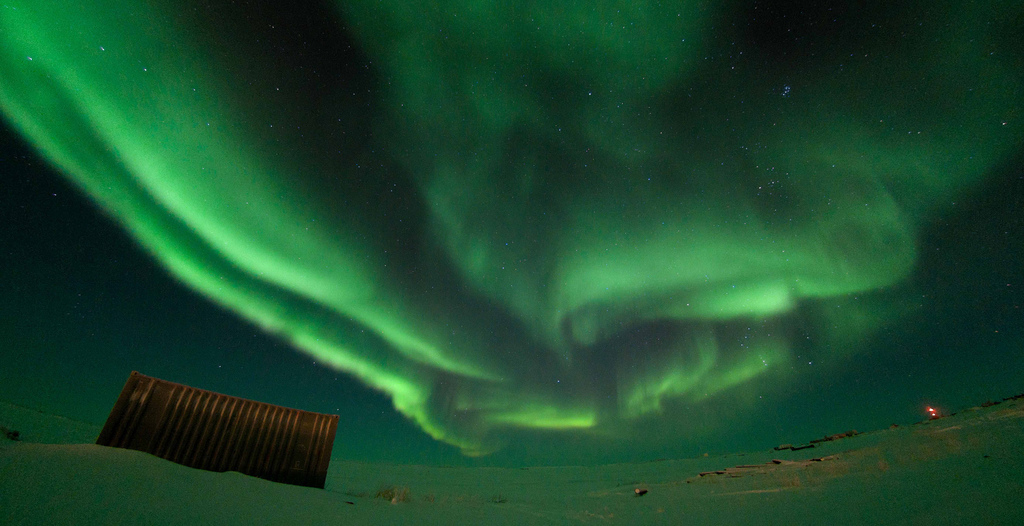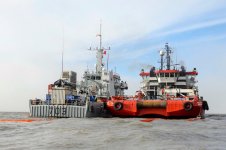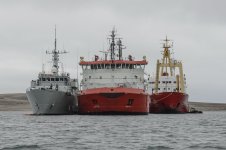It needs to be weighed against the actual threat, and the cost/benefit of putting ships and personnel up there.
We have presence up in the arctic via the Rangers, and the other CAF elements operating in the North all year. Sending a few ships up on occasion is a good use of resources, but sending AOPVs up there just to be there is a waste of resources. We have a limited number of sailors, and limited amount of resources to use for getting ships to sea. We need to manage those resources wisely, and remember that we are a global trade nation, so we have obligations all over the planet.
The arctic is important, but it isn't everything. We have other obligations, and other interests.
Furniture, I don’t think anyone’s arguing the Arctic is “everything” or that we should park the whole fleet up there year-round. Nobody’s saying we should have a naval presence 12 months a year , the ice and conditions don’t allow it. What we are saying is that for the four months the region is open and accessible, we need to use that window. Saying AOPS deployments are just a waste of resources doesn’t square with the facts.
First off, risk isn’t just about “threats.” Marine traffic in the Arctic keeps trending up year after year. With that comes higher chances of accidents, SAR calls, and environmental response. That’s why Canada made NORDREG mandatory back in 2010. The regulations only mean something if we actually show up at sea to enforce them , you can’t do that from CFS Alert. The Coast Guard has ships up north every season too, but their mandate is safety and service, not defence. They work alongside the Navy, not instead of it.
Second, Rangers are indispensable, but they’re not a substitute for ships. They provide eyes, presence, and resiliency in northern communities, but they don’t do boardings, fisheries enforcement, hydrography, or search and rescue at sea. That’s why Op NANOOK brings them together with the RCN, RCAF, and CCG , because sovereignty isn’t a one-dimensional job.
Third, AOPS were built for exactly this. They carry small crews (about 65, with room for ~85), have 6,800 nm range, and the mission bay for containers, survey gear, UAVs, boats, or landing craft. That makes them the
efficient option for northern patrols, instead of tying up frigates with triple the crew and cost.
Fourth, it’s not just “showing the flag.” Northern deployments have supported hydrographic mapping with multibeam sonar, laid hydrophones in the Northwest Passage for DRDC’s Northern Watch, assisted in the HMS
Terror search, and delivered Rangers for long-range patrols. That’s real work that pays dividends in science, surveillance, and sovereignty.
Finally, the support is already being built. Nanisivik’s seasonal refueling capacity is coming online precisely so these ships can loiter longer up north without burning resources shuttling back south. And let’s not forget before the AOPS, it was the Kingston-class that carried the burden of those Arctic deployments. They did the fisheries patrols, route surveys, community engagements, and experimental science tasks for nearly two decades. AOPS aren’t starting something new; they’re building on what the Kingston's already proved was both useful and achievable.
So yes, Canada’s a global trading nation with obligations abroad but that doesn’t make the Arctic optional. The Coast Guard, Rangers, and northern stations are all key pieces, but none of them can replace the role of a naval ship at sea. Seasonal AOPS patrols are how you tie it all together: cost-effective presence at home, while keeping the high-end fleet for global tasks. Calling that a waste is selling short both the mission and the sailors doing it.


